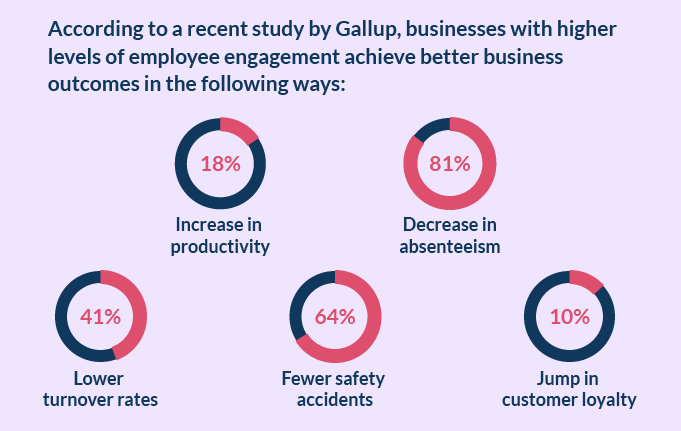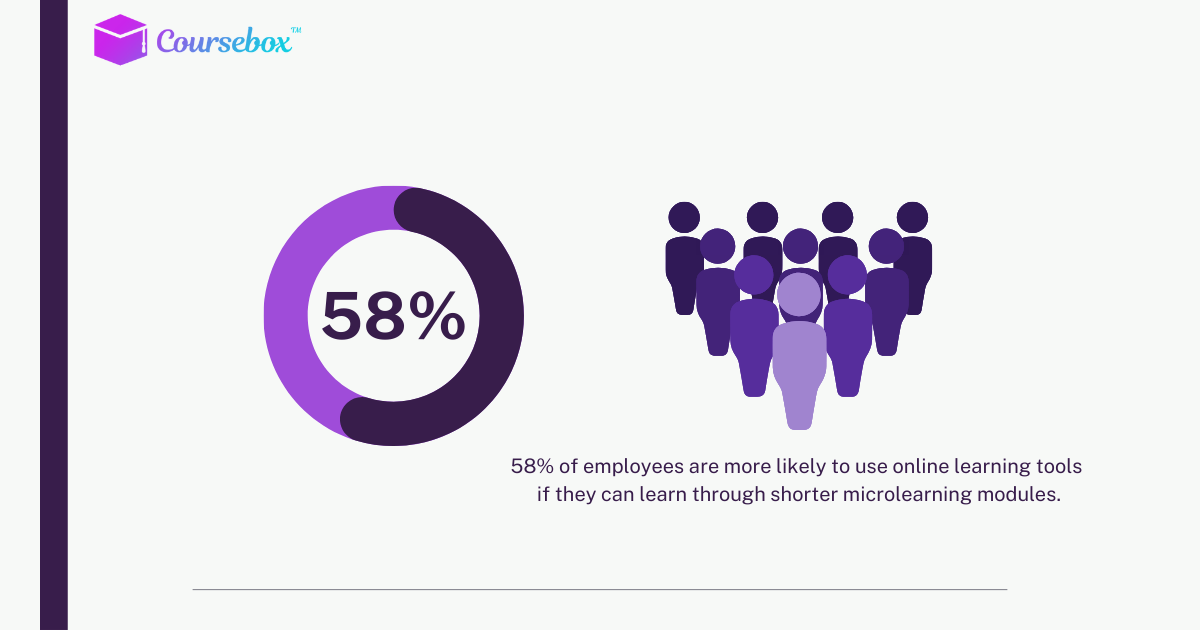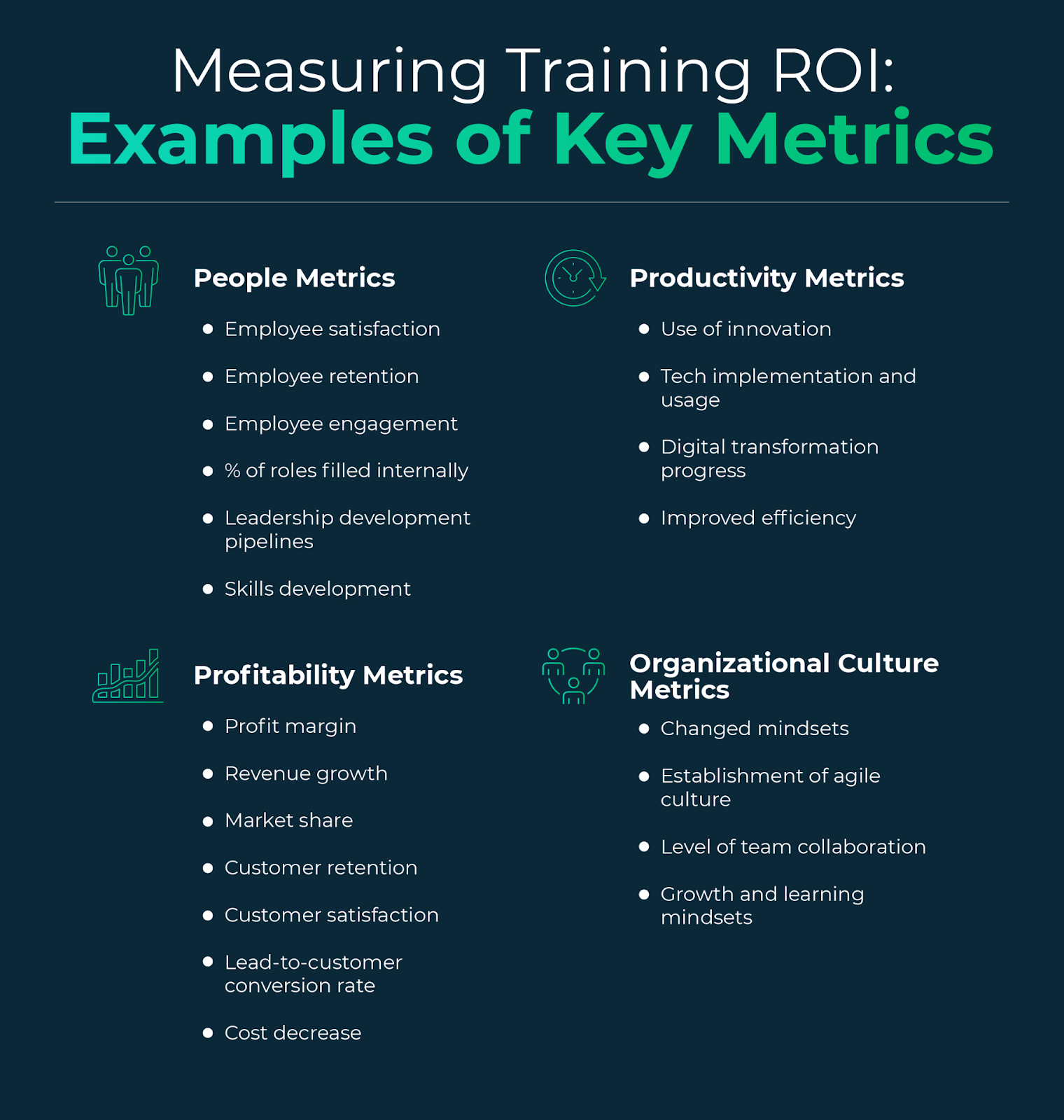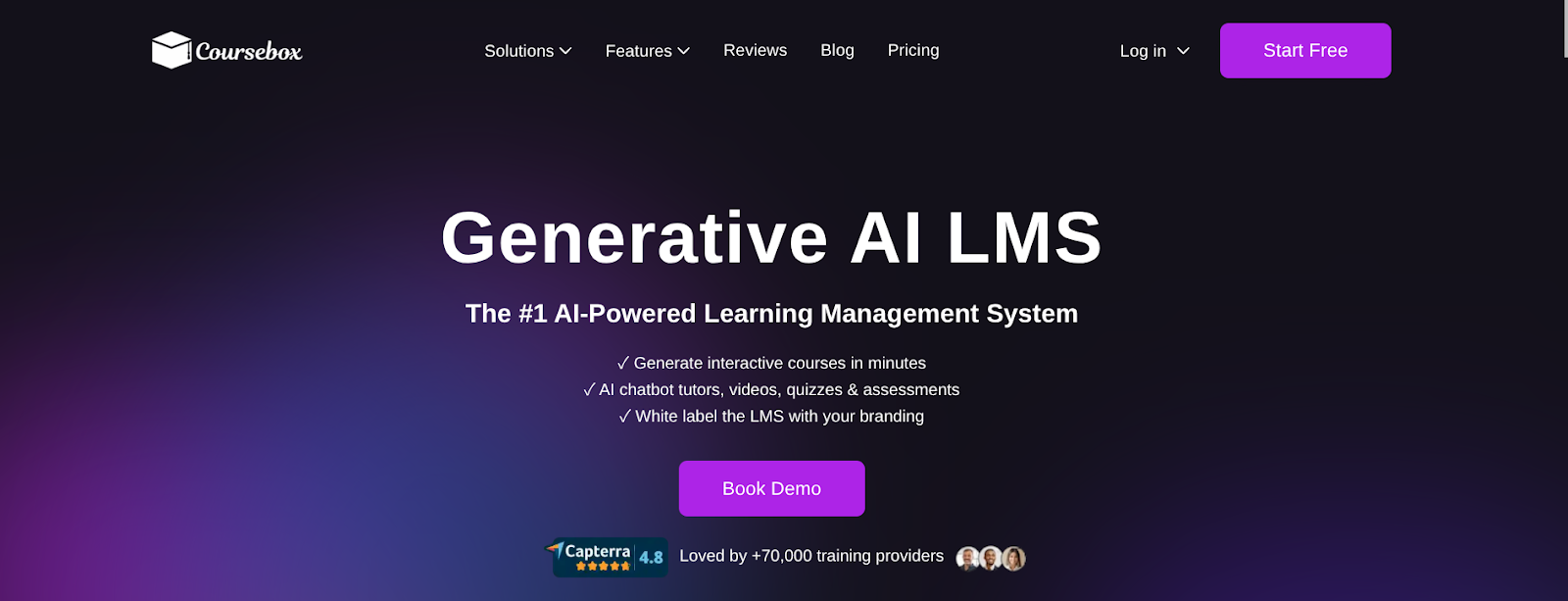Common Learning and Development Challenges That HR Faces (With Solutions)
Struggling with skill gaps and low employee engagement at your workplace? Learn the most common learning and development challenges and how to overcome them.
Struggling with skill gaps and low employee engagement at your workplace? Learn the most common learning and development challenges and how to overcome them.
.webp)
The world of work is changing fast. According to research, 89% of L&D professionals believe that upskilling is the key to helping organizations remain productive and competitive.
However, building a strong learning culture isn’t easy.
The challenges go way beyond tight budgets and busy schedules. HR managers also have to deal with issues such as low employee engagement, a lack of leadership support, and training that is never applied on the job.
The only way forward is by following the right strategies, which we'll discuss in this guide. We’ll highlight the most common learning and development challenges with practical, research-backed solutions you can start using today.

Getting leadership on board is among the most significant learning and development challenges. Many executives treat training as “optional,” and perceive it as a cost center rather than a driver of growth.
This resistance comes from conflicting priorities, limited resources, or even fear of change. When leaders fail to prioritize learning, employees quickly sense the lack of commitment. As a result, they become disengaged, which ultimately reduces overall workplace productivity.
To secure buy-in, link training to business outcomes such as increased revenue, improved customer satisfaction, or reduced turnover. Present stakeholders with a comprehensive training plan that outlines both the “how” and the “why” of your strategy.
Show them exactly how initiatives will be executed and why they matter in the long run. Pitch the training initiatives against the ROI, so the executives can see the numbers.
Don’t hesitate to share the potential risks and costs associated with the training. Stakeholders are more likely to be invested in your plans when they can see a clear cost-benefit analysis.

Gallup’s 2023 report found that 50% of employees are “quiet quitting”. This means they’re disengaged at work and less likely to invest in learning opportunities. Disengaged learners don’t value training and consider it an obligation rather than utilizing the upskilling opportunity.
The root cause varies from organization to organization. Sometimes the program seems irrelevant. At other times, the training is not engaging enough to keep employees hooked.
As an HR leader or manager, it’s your duty to dive deep and find out the cause of low engagement and motivation.
The best way to turn this around is through personalization. Instead of rolling out one-size-fits-all modules, tailor the training programs according to employees’ individual roles and career aspirations. Conduct one-on-one interviews, surveys, and feedback to get to know your employees and their learning preferences.
You can also make L&D fun by incorporating gamification into your training programs. The leaderboards, badges, and friendly challenges make learning fun and competitive, which is a proven tactic to boost employee engagement. You can also add role-playing, group discussions, and hands-on practice to make it even more interactive.

Between tight deadlines and work demands, long training hours often feel unrealistic. According to industry research, more than 90% of managers report that they do not have time to participate in training. Even if employees have time, without a dedicated training slot, most of them might not feel motivated enough to engage in learning and development (L&D).
Scheduling training also comes with its own set of challenges. Traditional training sessions can hinder day-to-day tasks and force employees to split their attention between the session and their growing to-do lists. As a result, they cannot focus on either the work or the learning.
The best way to counter these learning and development challenges is to employ microlearning, bite-sized, and Just-in-Time learning. Bite-sized modules, ranging from 2-10 minutes, easily fit into busy work schedules. Employees also prefer microlearning, which is evident by the completion rate of 80%, compared to 20% for long-form content.
Another approach is to encourage learning in the flow of work. By embedding training in work, employees don’t have to take time away from work. Since it’s on-demand and self-paced, employees can access short L&D modules to address the issues at hand.
Generic and irrelevant training content results in disengaged learners and exposes organizations to compliance and reputational risks. There’s no point in training your employees if they don’t benefit from it. It also wastes company resources on L&D that provides no real value.
Companies that don’t update their training modules regularly pay the price in terms of retraining costs, lost productivity, employee turnover, and damaged company reputation.
Surprisingly, the cost of refreshing training materials is far lower than the hidden losses caused by delivering irrelevant content.
To overcome this, companies need a systematic process, like an audit for content analysis and updates. Biannual or quarterly content audits ensure that training materials stay current with industry changes. Companies can even involve third-party subject matter experts (SMEs) during content development to keep the material accurate and expert-backed.
You don’t have to discard your existing resources. Review the content and add only the missing modules to bridge the skills gap. Add recent case studies and industry examples to keep the employees engaged and up-to-date.

Providing relevant training is not enough. You also need to measure its impact and demonstrate the ROI to the stakeholders. While 90% of business leaders believe L&D is necessary to bridge the skills gap, only 4% see a clear Return on Investment.
This gap exists because HR professionals struggle with quantifying intangible training outcomes. Intangible outcomes are subjective and cannot be easily measured or quantified. These may include employee satisfaction, teamwork, collaboration, innovation, and leadership perception.
So how do you measure these outcomes to calculate the ROI? Here’s the solution:
The right way to approach training ROI is to track business results rather than metrics, such as course completion rates. For example, instead of celebrating 90% course completion, track whether sales teams who completed training closed more deals.
There are several ways you can measure the impact of training, such as:

Research shows that 64% of companies use a hybrid work model. That means L&D programs need to serve employees across multiple locations and time zones, and follow compliance requirements. Designing a training program that caters to a diverse workforce requires considering several variables and making adjustments accordingly.
Keeping the employees engaged and motivated is another problem. Without face-to-face interaction, employees may feel disconnected from their colleagues.
Virtual classrooms on platforms like Zoom or MS Teams allow interactive sessions that replicate classroom engagement. Meanwhile, using an advanced LMS with AI features allows flexible training tailored to employees’ needs.
You can blend synchronous and asynchronous methods by combining live discussions with on-demand resources. A hybrid model ensures employees can participate regardless of time zones or schedules while still benefiting from collaboration and connection.

The skills gap in the workplace is one of the biggest learning and development challenges. In fact, the skills gap in the U.S. is expected to cause a financial loss of $8.5 trillion by 2030. Organizations that fail to upskill their employees risk being left behind.
Emerging trends and advancements in the industry require constant upskilling to bridge the skills gap. Traditional once-a-year training is not enough.
The first step to bridge the gap is to conduct a training needs analysis to identify where current talents fall short. From there, companies can design upskilling and reskilling programs that focus on high-demand areas based on the analysis.
One-on-one interviews and employee feedback provide valuable insights into current training and help in designing more advanced programs. At the same time, analyzing industry trends and workforce data enables HR leaders to forecast future skills and start preparing employees today.
Discussions and workshops with industry experts, as well as surveys among organizations and employees, can also help forecast high-demand skills for the future.
Workplace burnout and its impact on mental health are grave issues that affect employee productivity and work environments. Research shows that 80% of Americans report feeling stressed at work. Chronic stress has a direct impact on learning, engagement, and retention.
When employees are already under pressure, training programs that ignore well-being overwhelm them even more. In addition to the pressure, inadequate training can also negatively impact employee mental health by contributing to the workload.
If the training is poorly designed, employees may feel inadequate or unprepared for their roles. However, the problem is not their abilities, but the program design.
It’s important to integrate mental health and stress-management strategies into L&D designs. For example, flexible learning schedules, employee recognition, and workload evaluation prevent training from adding pressure to already full workloads.
Make sure you balance the technical modules with employee wellness programs. Mindfulness training and stress-management workshops help employees recharge and de-stress.
Appoint a workplace wellness ambassador to keep a check on workloads and assist employees experiencing burnout.
As long as your organization continues to invest in L&D, new hurdles will always arise. What matters is that you tackle them strategically instead of chasing temporary fixes. Your goal should be to create an adaptable learning culture that values modern learning techniques.
The key lies in simplifying the learning process. And a training platform like Coursebox offers just the right features for that. The AI-powered tools design, deliver, and measure learning in ways that bypass the usual learning and development challenges.
If you want to build a culture of continuous learning and growth, sign up for a free trial now!
Large organizations can scale their learning and development (L&D) efforts with platforms like Coursebox, iSpring Suite, and TalentLMS. These tools use AI-driven personalization, automation, and advanced analytics to deliver tailored learning experiences.
With features like mobile learning and automated assessments, they help HR teams reduce administrative work and improve training outcomes.
When you have a limited L&D budget, it's important to prioritize high-demand skills that bridge the skills gap within the organization. Shifting to hybrid or online training delivery also helps manage limited budgets by reducing training costs.
You can leverage digital tools, such as Coursebox, to automate content creation and track learning outcomes. This makes L&D cost-effective and highly scalable without compromising the quality.
To forecast high-demand skills over the next 2-5 years, experts utilize trend analysis, labor market analytics, scenario planning, and predictive insights powered by AI. Proactively upskilling your workforce for high-demand skills ensures your business stays one step ahead in the future.
The best way to gather employee feedback is through surveys, focus groups, one-on-one meetings, and suggestion boxes. Frequent collection of feedback helps HR improve work practices and the overall workplace environment.
